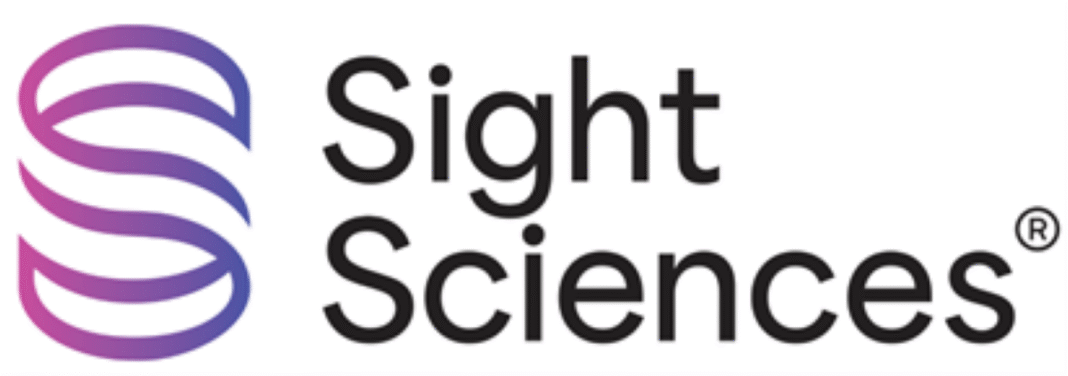Transforming Glaucoma Treatment: Insights from Recent Research
Introduction to New Research Findings
A fascinating new landscape is emerging in the field of glaucoma treatment, marked by the release of several pivotal studies published in esteemed journals such as the Journal of Cataract and Refractive Surgery, Journal of Glaucoma, and Clinical Ophthalmology. These manuscripts delve into the efficacy of minimally invasive surgical interventions, offering invaluable insights into how modern techniques can reshape patient care and outcomes in glaucoma management.
The Role of Sight Sciences
Sight Sciences, Inc. has been at the forefront of this research, highlighting its dedication to transforming eye care through innovative technologies. On November 11, 2025, the company announced the crucial findings from these studies, emphasizing the necessity of an interventional mindset in glaucoma treatment. According to Paul Badawi, the founder and CEO of Sight Sciences, these results underscore the effectiveness of active surgical interventions to reduce intraocular pressure (IOP) and minimize reliance on medication, achieving sustained reductions for periods extending up to two to three years.
Key Findings from the Studies
Prospective Study: Standalone OMNI Usage
A notable 24-month prospective study focused on 18 eyes undergoing medication washout revealed startling results. The mean baseline IOP, recorded at 26.1 mmHg, showcased remarkable improvements at both 12 months and 24 months post-OMNI intervention, demonstrating reductions averaging 9.7 mmHg and 10.6 mmHg, respectively. These findings not only underscore OMNI’s potential but also render it a compelling option for patients needing effective treatment over an extended timeline.
Retrospective Observational Study
Another groundbreaking retrospective study analyzed data from nearly 13,000 African American eyes, examining various treatment modalities during cataract surgery—specifically, including OMNI, iStent inject®, and Hydrus® Microstent. The results indicated that patients receiving MIGS (Minimally Invasive Glaucoma Surgery) in conjunction with cataract surgery experienced significantly greater IOP reductions compared to cataract surgery alone. Particularly, the OMNI group benefited the most, with a greater than or equal to 20% reduction in IOP for a significant proportion of participants, thus affirming OMNI’s superiority in managing glaucoma.
Subgroup Analysis for Primary Open-Angle Glaucoma
A thorough subgroup analysis involving 220 eyes that underwent the OMNI procedure specifically for primary open-angle glaucoma yielded promising results across varying levels of disease severity and lens statuses. The IOP significantly declined for up to three years, showcasing OMNI’s versatility and efficacy in diverse patient demographics.
Insights from Leading Practitioners
Experts in the field are enthusiastic about these findings and their implications for patient care. Dr. Leon Herndon, a prominent ophthalmologist, remarks on the continuing success of OMNI for various patient groups, particularly emphasizing its importance for African American populations where glaucoma is frequently diagnosed at later stages. The adaptability of OMNI—being usable in conjunction with cataract surgeries or as a standalone procedure—marks it as a vital tool in managing both mild and moderate glaucoma cases.
Author Collaborations and Credentials
A team of skilled researchers contributed to these studies, hailing from diverse institutions including the University Eye Specialists, Duke University Eye Center, Stanford University School of Medicine, and Minnesota Eye Consultants, among others. Their collective expertise ensures a robust analysis and credibility to the findings published.
The Future of Glaucoma Treatment
Sight Sciences is dedicated to advancing glaucoma treatment paradigms and improving patients’ lives through innovative, interventional solutions. Their focus on minimizing invasive procedures not only targets the underlying issues of prevalent eye diseases but also establishes a more effective and patient-friendly approach compared to traditional methodologies.
The knowledge gained from these manuscripts presents strong evidence for the integration of surgical intervention in the glaucoma care continuum, offering hope for countless patients in need of effective management solutions.



